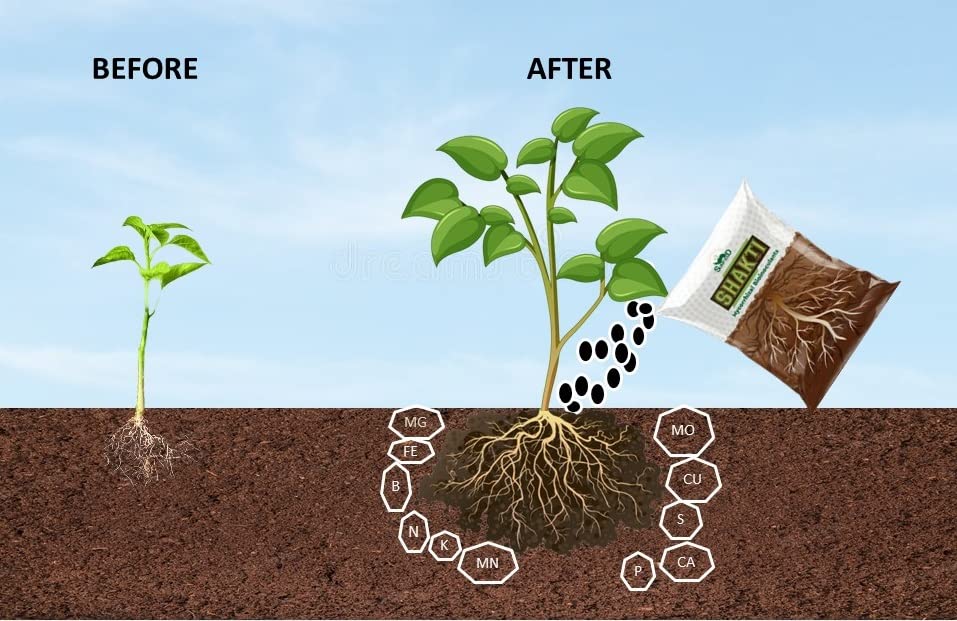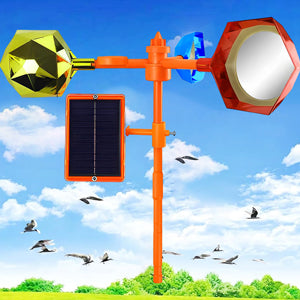
All about Mycorrhizae, for Indian farmers!
Share
Mycorrhizae are symbiotic relationships between fungi and plant roots that are essential for plant growth and nutrient uptake in natural ecosystems. In modern agriculture, mycorrhizal fungi are increasingly recognized as important contributors to crop productivity and sustainability.
Mycorrhizae are particularly important in modern agriculture for the following reasons:
Nutrient uptake: Mycorrhizal fungi form a network of filaments that extend from the root system of plants, which greatly increases the surface area of roots that can access nutrients, especially phosphorus. This improved nutrient uptake can reduce the need for chemical fertilizers, leading to cost savings for farmers and reduced environmental impacts.
Water absorption: Mycorrhizal fungi can also help plants absorb water more efficiently, which can be especially beneficial in drought-prone regions.
Disease resistance: Mycorrhizal fungi can help protect plants from soil-borne pathogens and other stresses, such as heavy metals or salinity, by forming physical barriers or producing compounds that inhibit pathogen growth.
Soil health: Mycorrhizal fungi play an important role in soil health by improving soil structure and increasing organic matter content, which in turn can improve water retention, nutrient cycling, and overall soil fertility.
Overall, mycorrhizal fungi have great potential to improve the sustainability of modern agriculture by reducing the need for synthetic inputs, improving crop yields and quality, and enhancing soil health. Farmers can exploit mycorrhizae in agriculture in several ways, including:
Using mycorrhizal inoculants: Farmers can apply mycorrhizal inoculants, which are preparations of mycorrhizal fungi that are added to the soil or seed to enhance plant growth and nutrient uptake. These inoculants are available commercially and can be applied at different stages of crop development, depending on the crop and soil conditions.
Promoting mycorrhizal fungi in the soil: Farmers can adopt practices that promote mycorrhizal fungi in the soil, such as reducing tillage, using cover crops, and avoiding excessive use of synthetic fertilizers and pesticides. These practices can create a more favorable environment for mycorrhizal fungi to grow and establish symbiotic relationships with plant roots.
Choosing mycorrhizal-friendly crops: Farmers can select crop varieties that are known to form strong mycorrhizal associations, such as legumes, corn, and wheat. These crops can benefit from mycorrhizal fungi and improve soil health and fertility.
Monitoring soil health: Farmers can monitor soil health by testing soil for nutrient content and pH, as well as for the presence of mycorrhizal fungi. By assessing soil health regularly, farmers can determine if they need to adjust their management practices to support mycorrhizal fungi and promote crop growth.
Overall, exploiting mycorrhizae in agriculture requires a holistic approach that considers soil health, crop selection, and management practices. By promoting the growth and activity of mycorrhizal fungi, farmers can improve crop productivity, reduce input costs, and enhance sustainability.










